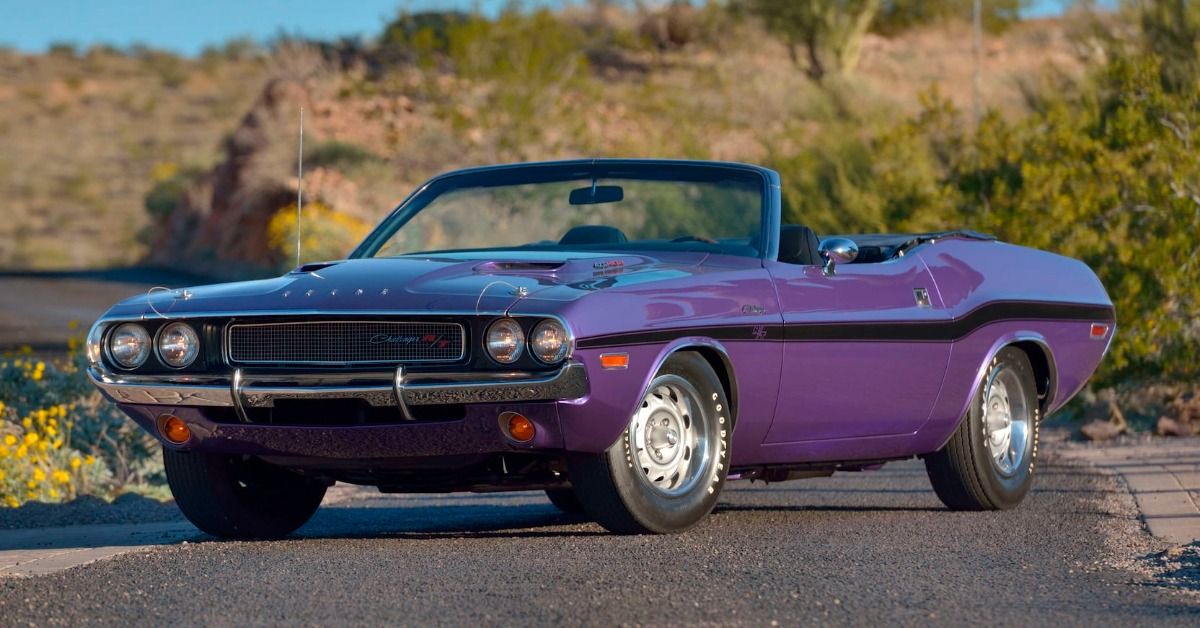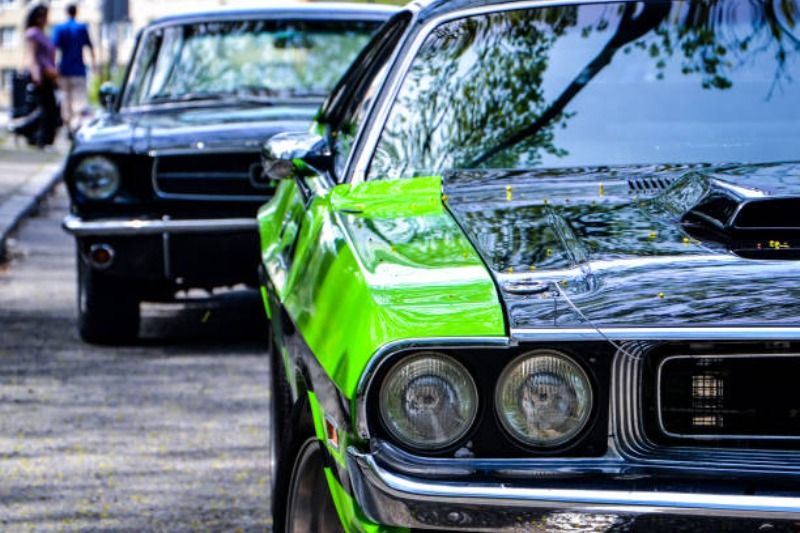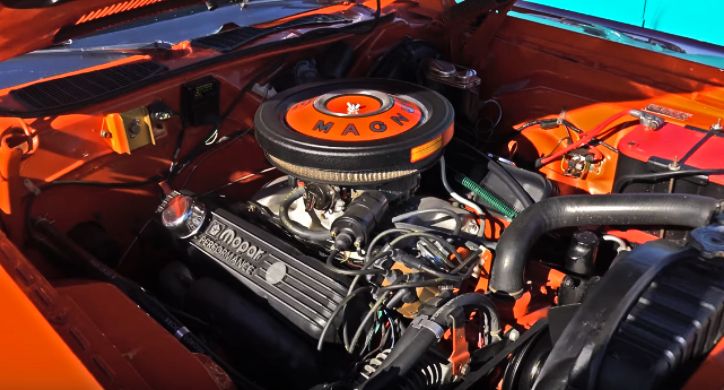Today's younger generation of car enthusiasts are fortunate enough to live in a timeline where the legendary Dodge Challenger has always been available. But before 2008, gearheads really had only one choice as it related to the Challenger; the first generation, produced from 1970-1974.
Because while technically there was a second generation built from 1978-1983, it's a place in time Mopar fans tend to largely ignore, as the second generation Challenger was quite literally a rebadged Mitsubishi Galant. Chrysler's tendency to implement facelifts way too early in a production cycle also hindered the second half of the original Challenger's lifespan, making the 1970 and 1971 models the most desirable.
Consumer buying habits and their lack of interest in convertible muscle cars also cause the drop-top Challenger to struggle, not even reaching 1,000 units its first year of production, compared to the R/T Hardtop's 13,796 units sold. But as history has proven time and time again, the least desirable option during the time of production, tends to end up everybody's favorite as time goes on.
Whether it's an enthusiast purchasing the car they idolized as a child, or our tendency as humans to want what others can't obtain; the convertible R/T has seen an enormous increase in value, pushing six-figures in recent valuations. Join us as we take a closer look at what makes the 1970 Dodge Challenger R/T Convertible, so special.
Dodge's Answer To The Mustang
In a debate as old as the cars in question, the fact remains that the introduction of the Ford Mustang changed the automotive landscape for the ensuing decades. While the Mustang is far from a well-rounded car, it redefined the recipe for a sporty and affordable coupe the younger generations were craving.
Tired of their parents' land-yachts, the youth of the '60s (still enamored with European lifestyle), got their first taste of import forbidden fruit by way of the Fiat 500 Abarth, Alpine A110, and Austin Mini and wanted something to call their own. Enter the 1964 1/2 Ford Mustang. Although it was beat to market as the first pony car, a feat in which Chrysler, and its Plymouth Barracuda lay claim to by all of two weeks, its radical new design, economy-grade drivetrain, and budget-friendly price of $2,368 became a money printing machine for the blue oval. With other marques racing to give the Mustang some competition, Dodge took almost five full years before releasing the Charger and Challenger in successive years.
By the pony car's height of popularity in 1970, the segment had become extremely saturated, and strayed further and further from the original formula with each new car becoming heavier, costlier, and more comfort-based. The Challenger, guilty of the same offenses, was now only inches smaller than the Coronet, a four-door family saloon, and a mere 200 pounds lighter. After selling nearly 67,000 Challengers in 1970, Dodge would see a steep drop in sales for its ensuing years. Ultimately seeing production end in 1974, as a result of the gas crises and the availability of economically friendly imports.
Available Options, You Say?
Upon the Challenger's release in 1970, the auto industry was currently in the midst of its latest trend: available upgrades. The endless list of comfort options, engine variants, and exterior choices offered by automakers made it extremely easy to take the humble $2,500 price tag of your average pony car, and nearly double the price.
Dodge was no different, offering seven different trim levels for the Challenger. With interchangeable features across the board, consumers could now option their car to the exact specifications they desired, including its performance. With enough variants to fill a shopping list, Chrysler opened the doors to its engineering department and offered all six engines as available options for the R/T. The most desirable being: the 383 Magnum, 440 Magnum, 440 Six Pack, and of course, the 426 Hemi.
The 335 horsepower the standard 383 produced was nothing to shake a stick at, but compared to the optional engines it left a lot to be desired. The 440 Magnum saw 375-hp, while its six-pack brother was rated at an impressive 390 horsepower. But it was the 426 Hemi that will forever live on in glory. Capable of 425-hp with a staggering 490 lb-ft of torque, the Hemi has a place on the Mount Rushmore of pony car engines, alongside GM's 454 big block, and Ford's 427 Cammer.
Other R/T only options included a Rallye instrument cluster that reached 150 mph, 8,000 rpm, an oil pressure gauge, as well as the famous shaker head scoop.
Previously mentioned, the bare-bones interior of the original pony cars were a thing of the past and as the years trudged on, consumers would soon find power windows, climate control, even a radio, inside their muscle cars.
But by 1970, buyers were shifting their focus from race cars posing as economy cars, and into either more fuel efficient or luxurious options. Crippled by growing emission standards and high insurance rates, muscle and pony cars quickly became a relic of the past, less than 10 years after their introduction.



